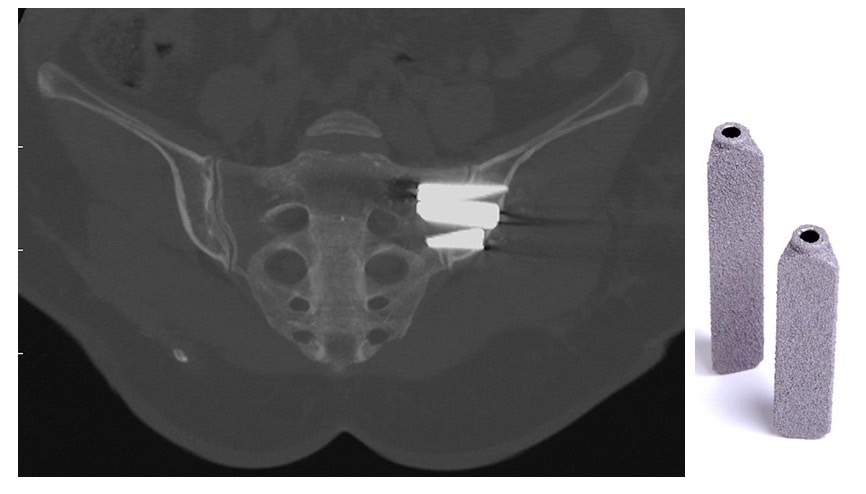

Sacroiliac instability
Often unrecognized, in reality, sacroiliac instability is the cause of low back pain in a percentage of cases ranging from 5% to 25%. The common "back pain" is often mistakenly attributed to degenerative disc disease such as hernia or protrusion / dehydration - practically present in subjects over the age of 20 in a percentage between 48% and 75% -: in reality, in particular for women, even modest sacroiliac instability is the cause of lumbar or sciatica pain that can be completely overlapped with that generated by the other diseases described.
How to recognize sacroiliac instability
Although neuroradiological tests (CT / MRI) can sometimes demonstrate - in the most severe cases - alterations of the sacroiliac joint (inflammatory edema, bone sclerosis, intraarticular gas degeneration), and while performing physical maneuvers on the pelvis to test the pain in the patient, the only diagnostic method that provides a diagnosis of absolute certainty remains the denervation test of the sacroiliac joint. In practice it is a matter of injecting, with a very fine needle and thanks to the TAC guide, a minimum dose of anesthetic (usually Lidocaine), inside the joint suspected for chronic inflammation. The test confirms the diagnosis of sacroiliitis in case of temporary immediate disappearance of pain.
How to treat sacroiliac instability
1. Sacroiliac denervation. It is the first instance intervention. The sacroiliac joint is denervated with simple radiofrequency needles in a few minutes and under local anesthesia, with a procedure very similar to denervation of the facet joints.
2. Sacroiliac fusion. It is the chosen intervention in case of persistence of pain despite the denervation carried out. It consists of the introduction of small and sophisticated percutaneous and local anesthesia endoprostheses, capable of welding the sacroiliac joint restoring its seal and preventing the unnatural movement that generates pain in these patients.



No general anesthesia, no risk of deep scars, reduced surgery and hospitalization times.
learn more +